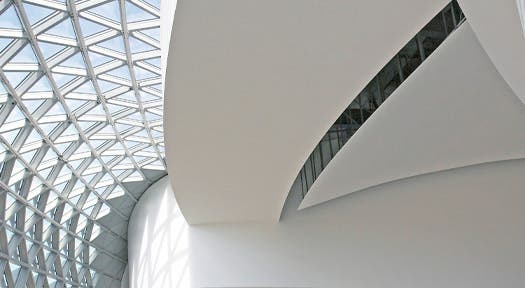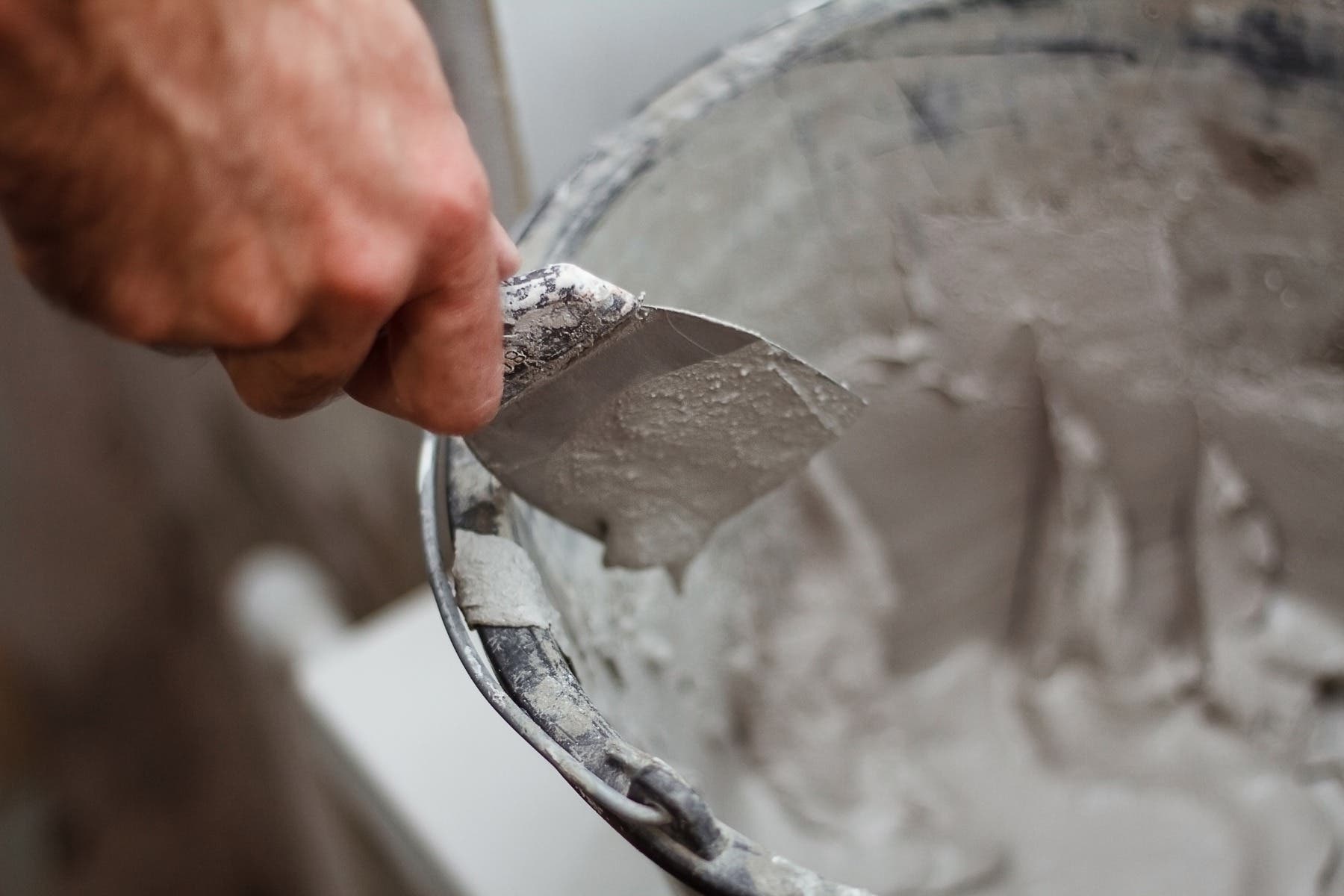Finishing Solutions for Cement Substrates
Construction workers usually use many types of coatings to make their work. That's why it's crucial to find the best finishing solutions for cement substrates is crucial. Concrete substrates are usually found in wall mixing, placing and industrial flooring. There are some great finishing solutions which you can use for cement substrates. In this article, you'll discover them.
What are Cement Substrates?
Cement substrates are available in different applications like blocks, trusses, and pillars. When we talk about decorative cement substrates, we are talking of substances which include coated crafted, shapes and sculptures.
These cement substrates are a structure which underlines different materials., coatings, paints and other things that protect them from corrosion.
Finishing solutions that are used for cement substrates:
When choosing the right finishing solutions for your cement substrates, here are some good suggestions:
● Epoxy coatings
This is a finishing solution for ductility and durability. Epoxy coatings are known to stay long on concrete substrates. Epoxies are great for service coatings on concrete floors.
This type of epoxy depends on the options provided by the manufacturers. Such options include antimicrobial, which limits the activeness of pathogens and primers. When talking of cement substrates, epoxy is great for different floor designs, patterns and lanes.
● Urethane topcoats
This is another finishing solution which helps stabilize cement substrates. It's a high-performing solution that is utilized in many epoxy coating systems.
It tends to offer extra protection and elongate the lifespan of your floor finish. This finishing solution offers additional resistance to :
- Coarse chemicals, solvents, oils and grease
- Abrasion and scratches
- Stains and discoloration
- UV exposure
Some of the benefits of these solutions
- Ability to withstand unnecessary exposure to harsh temperatures.
- Excellent flexural and tensile durability.
- Ultra-high solids and low-quality V. O. C.
- Thin-film urethane can be found as clear finishes which are compatible pigments.
● Cementitious Urethane mortars
Cementitious urethane mortars are known as such because they have Portland cement. This allows them to expand and compact at rates close to cement substrates. Due to this, cementitious urethane mortars come with nice thermal shock resistance.
That's why they are good for the food and drinks processing industry. These environments have high-temperature swings and cycling is normalized.
These cementitious urethane mortar systems are used in environments where floors are open to :
- Extreme pH (alkaline /highly acidic).
- Regularly moist and wet conditions.
These mortar systems can be found in :
- Different colors with a monolithic colored coat
- Several cement substrates formulations are applied according to their thickness
- Following the homeowner's specification
- High bonds, low odds, expeditious cure and various properties of urethane mortars.
● Polyaspartic coatings
These finishing solutions are part of a recent trend of resin technology which is great for cement substrates. They provide good chemical and abrasion resistance which allows surfaces to cope with harsh temperatures. The main advantage of these Polyaspartic coatings to cement substrates is that they work very fast.
Depending on the environment and conditions, it can work within two hours of application. It is highly recommended for facilities that work round the clock.
● Vinyl Esters
Vinyl esters offer very high chemical and corrosion resistance to surfaces they are applied on. They can also help tolerate harsh exposure to bad temperatures. They are often used as primary and secondary coating because they effectively protect many industrial settings.
They help isolate toxins and other harmful substances on their surfaces. When you use vinyl esters, you get proper cleanup and disposal of hazardous liquids which could affect the building surfaces.

What to Check Before Applying Finishing Solutions to Cement Substrates
Here are some conditions to be considered before using your finishing solutions:
● Contaminants
Before applying finish solutions to cement substrates, you need to check the structure to determine that it is void of surface contaminants.
There are also several detrimental materials which should be checked to ensure that there is a better result. Most types of cement are designed to have a good design strength for 30 days. Using a light steel trowel for the surface is highly suggested.
● Unstable ground
You should check your cement substrates for unsound holes, cracks and eroded joints. These unstable surfaces can cause many health challenges or hazards to workers or homeowners.
For a proper finishing solution to be effective, don't apply any polymer system on top of concrete with modified toppings or patches. If you don't have any choice, seek the manufacturer’s approval before applying for it.
● Unwanted compounds and agents
When considering applying finishing solutions to cement substrates, check for any sign of visible compounds and agents. These elements are usually applied to the concrete surfaces to help in the curing process.
Many of these curing agents are designed using silicone, sodium silicates, paraffin or hydrocarbon oils. These can block the adhesion of these finishing solutions.
Ensure you are careful with new facilities because the surfaces are cured with compounds and agents incompatible with finishing solutions. Even with the right cement cure, ensure the cement substrates goes through a test before any finishing is done.
● Laitance
Laitance is the elevated side of concrete, including water, cement and fine aggregates. The thickness of this layer varies from 0.0 to 0.1 depending on factors like vibration, overworking and placed concrete.
When applying solutions to cement substrates, Irrespective of the thickness of laitance, it can create a weak surface layer which isn't suitable for a proper bond. This must be removed to properly apply the actual cement substrates.
● Moisture
Moisture is a form of liquid or vapour which can cause adhesion failure or the blistering of a bloodline. This liquid moves smoothly through concrete slabs via channels like cracks or honeycombs.
For the application of finishing solutions to the cement substrates to be ideal, you just make necessary repairs to remove all traces of water. Also, moisture in the form of vapour travels via concrete slab, which has no vapour barrier for protection.
Bottom Line
When discussing finishing substrates for the environment and facility, ensure you get the right product. You should also know if the Finishing solutions match the concrete substrate.
Diamond Veneer Finish, and other finishing products available at USGME is fantastic for the perfect finishing solution for cement substrate.
Balance is important for the effective application of these products. However, you should also check for factors affecting your application of these finishing solutions.










